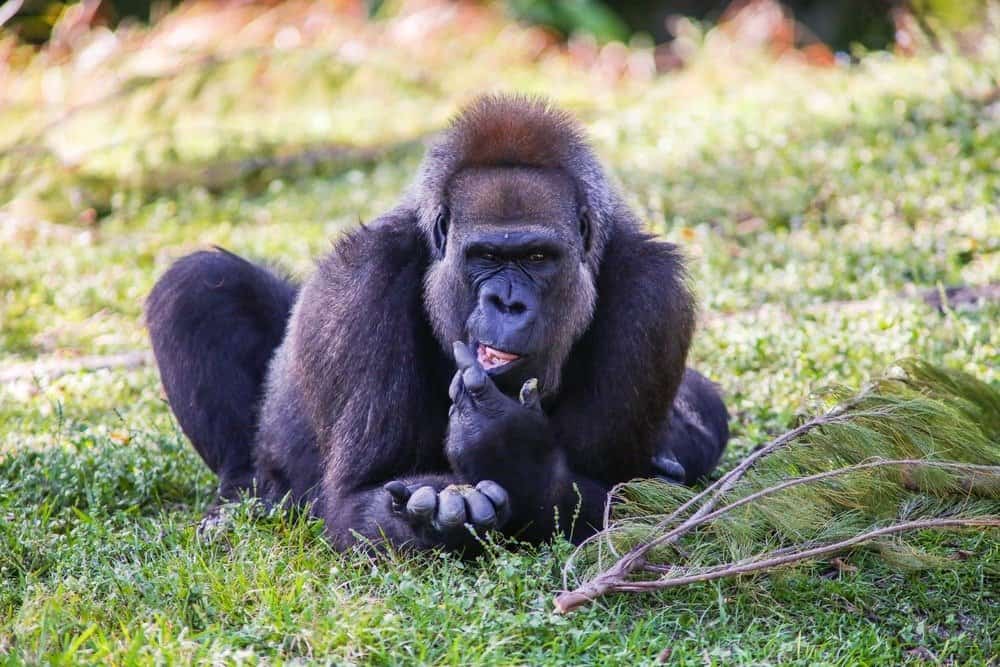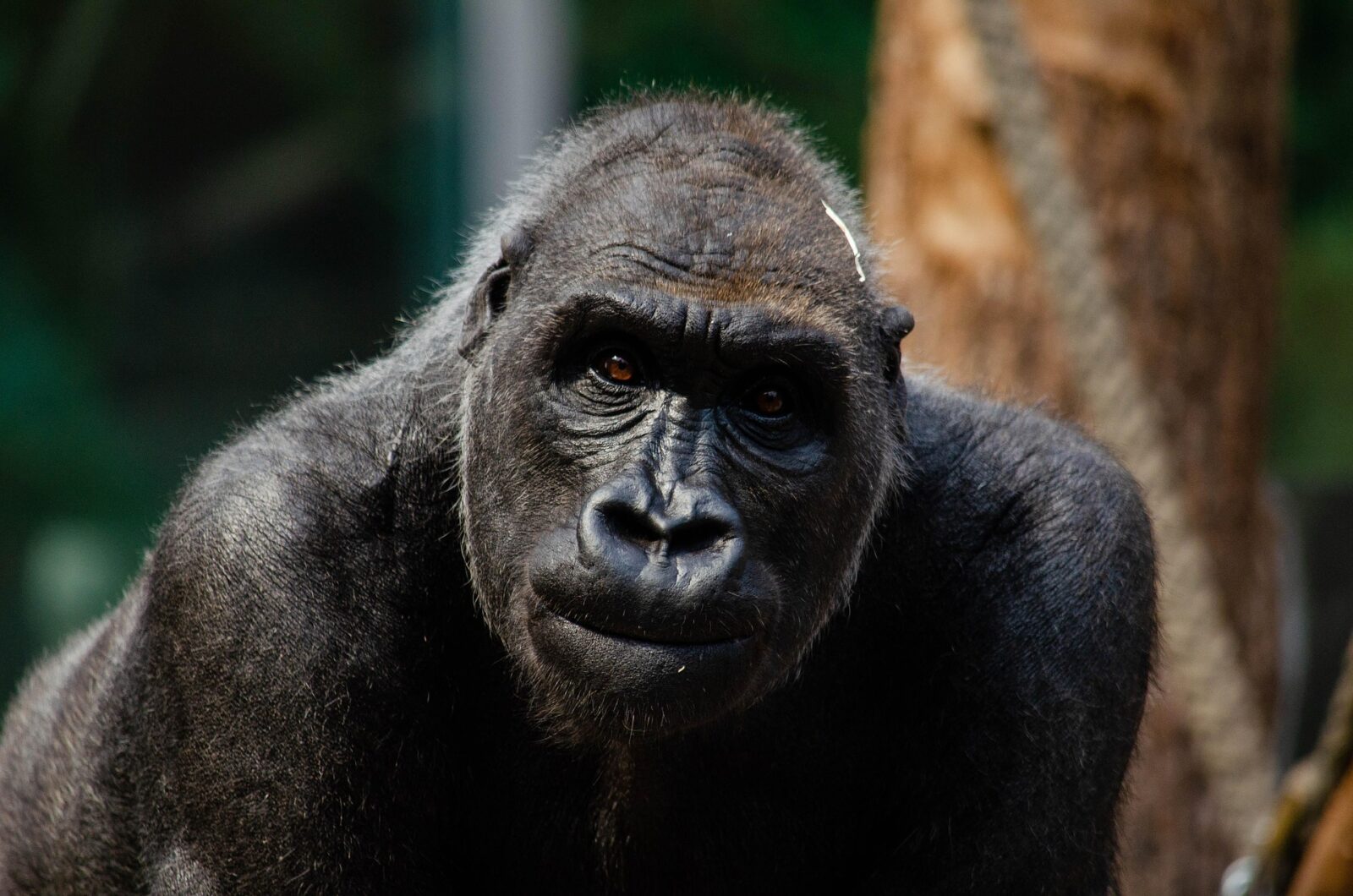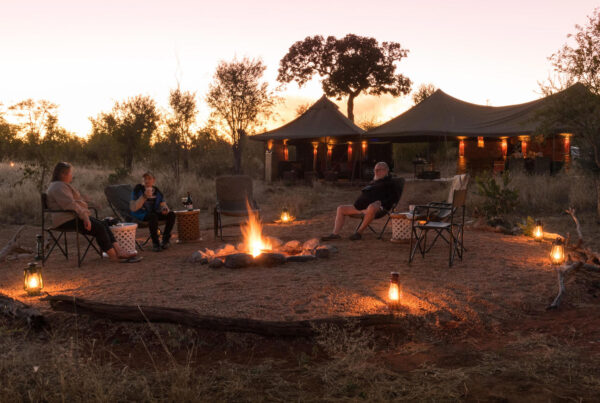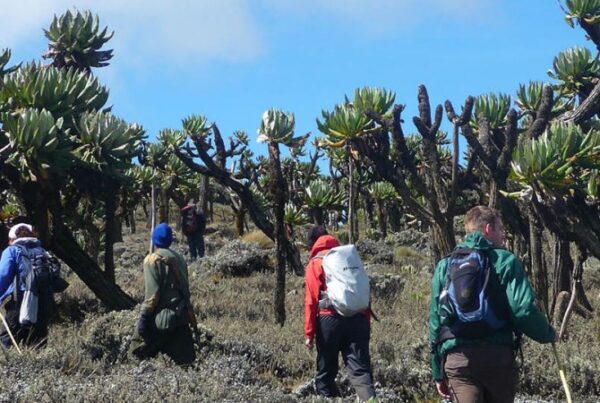Cross River Gorilla: Africa’s Rarest Great Ape
The Hidden Treasure of West Africa
In the mist-covered forests and rugged hills along the Nigeria-Cameroon border, one of the world’s rarest great apes quietly persists, its existence known to only a few dedicated conservationists. The Cross River Gorilla (Gorilla gorilla diehli), a subspecies of the Western Gorilla, embodies the fragility and resilience of nature in the face of human encroachment. This elusive primate, distinguished by its unique physical and behavioral traits, represents not only a critical element of biodiversity but also the challenges inherent in protecting endangered species in a rapidly changing environment.
Despite its small population and fragmented habitat, the Cross River Gorilla survives with remarkable adaptability. Its story is one of both vulnerability and hope, highlighting the importance of rigorous conservation efforts, scientific research, and sustainable human engagement with Africa’s forests. Understanding the Cross River Gorilla in depth provides insight into one of the most extraordinary yet endangered species of great apes on the planet.
Taxonomy and Subspecies
The Cross River Gorilla is classified as a subspecies of the Western Gorilla (Gorilla gorilla), one of two subspecies of the Western species, the other being the Western Lowland Gorilla (Gorilla gorilla gorilla). Its scientific designation, Gorilla gorilla diehli, reflects both its taxonomic distinction and its geographically restricted range.
This subspecies is differentiated from the Western Lowland Gorilla by smaller body size, subtle morphological distinctions in facial features, and certain behavioral adaptations suited to its fragmented, mountainous habitat. Genetic studies have revealed unique DNA markers, underscoring the importance of the Cross River Gorilla as a distinct conservation priority. Its limited range, highly fragmented populations, and extremely small numbers make this subspecies one of the rarest and most vulnerable great apes in the world.
Physical Characteristics
Cross River Gorillas are smaller and less robust than their Western Lowland counterparts, with adult males typically weighing between 140 to 160 kilograms and standing up to 1.7 meters tall. Females are lighter, averaging 60 to 80 kilograms. Despite their relatively smaller size, they retain the muscular build characteristic of gorillas, with long, powerful arms adapted for climbing and knuckle-walking.
Facial features are distinctive, with a narrower nose and slightly higher forehead, giving the gorilla an appearance uniquely adapted to its environment. Fur coloration is generally dark brown to black, with occasional lighter highlights on the chest or forehead. Silverbacks, adult males over twelve years of age, develop the characteristic silvery hair along their backs, signaling maturity and social dominance. The physical adaptations of the Cross River Gorilla reflect both their arboreal tendencies and their ability to traverse rugged, hilly terrain in search of food and shelter.
Habitat and Geographic Distribution
The Cross River Gorilla inhabits a narrow and fragmented range spanning the border region between southeastern Nigeria and western Cameroon. Its habitat consists of montane and lowland tropical forests, including thick rainforest, secondary forests, and heavily vegetated hillsides. Areas such as the Afi Mountain Wildlife Sanctuary, Mbe Mountains, Takamanda National Park, and contiguous forests across the Nigeria-Cameroon border serve as critical refuges for this subspecies.
These forests are characterized by high humidity, frequent rainfall, and diverse vegetation types, including fruiting trees, shrubs, bamboo thickets, and swampy patches. Such vegetation provides both sustenance and shelter, allowing gorillas to survive despite habitat fragmentation and human pressures. Seasonal fluctuations in food availability and water resources influence ranging patterns, forcing Cross River Gorillas to adapt their foraging strategies and travel across challenging terrain to meet nutritional and social needs.
Population Status and Conservation Challenges
The Cross River Gorilla is recognized as Critically Endangered by the International Union for Conservation of Nature (IUCN). Current estimates suggest that fewer than 300 individuals remain in the wild, making it the rarest subspecies of gorilla on Earth. Population fragmentation, caused by deforestation, agricultural expansion, logging, and infrastructure development, isolates groups and limits genetic exchange. This isolation increases vulnerability to inbreeding, reduces population resilience, and heightens the risk of local extinctions.
Poaching remains a significant threat despite legal protections. Bushmeat hunting, incidental trapping, and conflicts with local communities have historically led to population declines. Additionally, disease, including respiratory infections transmitted from humans, poses a constant risk, especially in small, isolated populations where mortality events can have devastating effects. Political instability, limited enforcement capacity, and competition for land resources further complicate conservation efforts, making coordinated, cross-border action essential for the survival of this subspecies.
Social Structure and Behavior
Cross River Gorillas live in small, cohesive social groups, often led by a dominant silverback. Troops typically consist of several adult females, their offspring, and occasionally subordinate males. Group sizes are smaller than those of Western Lowland Gorillas, a likely adaptation to the limited and fragmented habitat in which they reside.
Behavioral patterns reflect both social complexity and environmental adaptation. Grooming maintains social cohesion, strengthens bonds, and reduces tension, while play among juveniles fosters physical, cognitive, and social development. Communication relies on a combination of vocalizations, facial expressions, gestures, and body postures. Chest-beating, grunts, and hoots serve to assert dominance, signal danger, or communicate contentment, while subtle gestures facilitate intricate social interactions.
Nest-building, a daily ritual, is performed on both the ground and in trees, depending on safety, terrain, and vegetation density. Nests are constructed from leaves and branches, reflecting problem-solving ability, planning, and social learning. The behavior of Cross River Gorillas demonstrates a delicate balance between social structure and adaptation to an environment shaped by fragmentation and human presence.
Diet and Feeding Ecology
The diet of the Cross River Gorilla is primarily herbivorous, including leaves, stems, shoots, fruits, seeds, and occasionally flowers. Fruit consumption is highly dependent on seasonal availability, while herbaceous plants and swamp vegetation provide consistent nutritional support. In times of scarcity, gorillas may increase their reliance on fibrous vegetation, demonstrating dietary flexibility essential for survival in fragmented habitats.
Foraging behavior often involves travel across several kilometers, particularly when food sources are dispersed. During foraging, Cross River Gorillas facilitate forest regeneration through seed dispersal, contributing to ecological stability and plant diversity. The species’ feeding habits also create microhabitats, supporting a variety of other organisms, including insects and small mammals, emphasizing the ecological significance of this critically endangered primate.
Reproduction and Life Cycle
Reproductive patterns in Cross River Gorillas are closely tied to social hierarchy and troop dynamics. Females reach sexual maturity between eight and ten years, while males attain silverback status between twelve and fifteen years. The dominant male typically controls mating opportunities within the group, maintaining genetic lineage and group stability.
Gestation lasts approximately 8.5 months, resulting in the birth of a single infant. Twin births are rare and present significant survival challenges. Infants rely heavily on maternal care during the early years, gradually learning foraging techniques, social behavior, and environmental navigation from their mothers and other troop members. Juveniles acquire critical skills through observation, interaction, and play, preparing them for future adult roles within their social groups. Lifespan in the wild is estimated at 35 to 40 years, although external pressures such as poaching, disease, and habitat fragmentation frequently reduce survival rates.
Communication and Cognitive Abilities
Cross River Gorillas exhibit advanced cognitive abilities, evidenced by complex communication, problem-solving skills, and social awareness. Vocalizations, including grunts, hoots, roars, and chest-beating, convey information about danger, dominance, and social intent. Non-verbal communication through gestures, postures, and facial expressions complements vocal signals, facilitating nuanced interactions within troops.
Tool use, although less frequently observed than in chimpanzees, has been documented, including the manipulation of sticks to test water depth, access food, or construct feeding platforms. Observations indicate memory, learning, and empathy, underscoring the intelligence of this subspecies. These cognitive traits highlight the ethical responsibility of humans to protect and study Cross River Gorillas in their natural habitat.
Conservation Efforts and Strategies
The survival of the Cross River Gorilla depends on rigorous conservation strategies, cross-border cooperation, and sustained international support. Protected areas such as Takamanda National Park, Afi Mountain Wildlife Sanctuary, and contiguous forest reserves in Nigeria and Cameroon serve as critical refuges. Conservation measures include anti-poaching patrols, habitat restoration projects, ecological monitoring, and community engagement programs.
Cross-border collaboration is particularly essential due to the species’ fragmented range. Conservation organizations work with governments, local communities, and researchers to maintain habitat connectivity, monitor populations, and enforce wildlife protection laws. Ecotourism, when carefully managed, has become an important tool for raising awareness, generating funding, and incentivizing local communities to participate in gorilla protection efforts.
Ecological Role and Significance
The Cross River Gorilla serves as a keystone species, playing a critical role in forest ecosystems. Through seed dispersal, vegetation consumption, and habitat modification, these gorillas contribute to forest regeneration and biodiversity maintenance. Their feeding and movement patterns influence plant composition, create microhabitats, and support numerous other species within their ecosystems.
Declines in Cross River Gorilla populations have significant ecological consequences, including disrupted seed dispersal, reduced plant diversity, and diminished forest health. Protecting this subspecies ensures the maintenance of critical ecosystem functions, benefiting both wildlife and human populations that depend on forest resources for sustenance and livelihoods.
Human Interaction and Cultural Importance
Local communities have long interacted with Cross River Gorillas, balancing reverence with practical considerations. In some cultures, gorillas are considered sacred, symbolic of strength, intelligence, and resilience. Traditional ecological knowledge has informed conservation strategies, providing insight into behavior, diet, and habitat utilization.
Tourism has created new opportunities for human engagement, particularly through guided gorilla trekking and wildlife observation in protected areas. Such experiences foster appreciation for wildlife, generate economic benefits for local communities, and support conservation programs. Strict guidelines ensure minimal disturbance to gorillas, emphasizing ethical interaction and responsible observation.
The Future of the Cross River Gorilla
The future of the Cross River Gorilla is precarious, reliant on continued conservation action, international cooperation, and public awareness. Strategies must address habitat protection, anti-poaching enforcement, disease prevention, and the promotion of ecological connectivity between fragmented populations. Scientific research remains essential to monitor populations, study behavior, and implement evidence-based conservation strategies.
Global awareness and funding support are critical, as the Cross River Gorilla represents not only a unique subspecies but also a flagship species for forest conservation in West Africa. Ensuring its survival safeguards forest integrity, biodiversity, and ecological processes, highlighting the broader importance of protecting this rare primate.
Experiencing Cross River Gorillas in the Wild
For travelers and wildlife enthusiasts, observing Cross River Gorillas offers an unparalleled and transformative experience. Guided treks through sanctuaries such as Afi Mountain Wildlife Sanctuary or Takamanda National Park allow visitors to witness the social interactions, feeding behavior, and ecological role of these elusive primates.
Strict protocols are enforced to minimize stress and disease transmission, ensuring that gorillas remain unharmed. Responsible tourism provides educational and emotional benefits, while generating vital support for conservation initiatives. Visitors gain a profound appreciation for the intelligence, social complexity, and beauty of Cross River Gorillas, reinforcing the imperative to protect them and their fragile habitats.
Conclusion
The Cross River Gorilla stands as one of the rarest and most remarkable primates on Earth, embodying resilience, intelligence, and ecological significance. Its survival is intimately linked to habitat protection, conservation initiatives, and responsible human engagement. The preservation of this subspecies safeguards forest ecosystems, promotes biodiversity, and underscores the urgent need for global awareness and action.
For those seeking a unique and unforgettable wildlife experience, guided tours and safaris provide an opportunity to witness the elusive Cross River Gorilla in its natural environment. By booking through reputable providers such as WildHorn Africa, visitors can observe these extraordinary primates while contributing directly to conservation efforts, ensuring that future generations may continue to marvel at the rarest great ape in Africa.





 WildHorn Africa – Authentic and unforgettable tours across Africa, guided by local experts who know the land, wildlife, and culture best.
WildHorn Africa – Authentic and unforgettable tours across Africa, guided by local experts who know the land, wildlife, and culture best.


